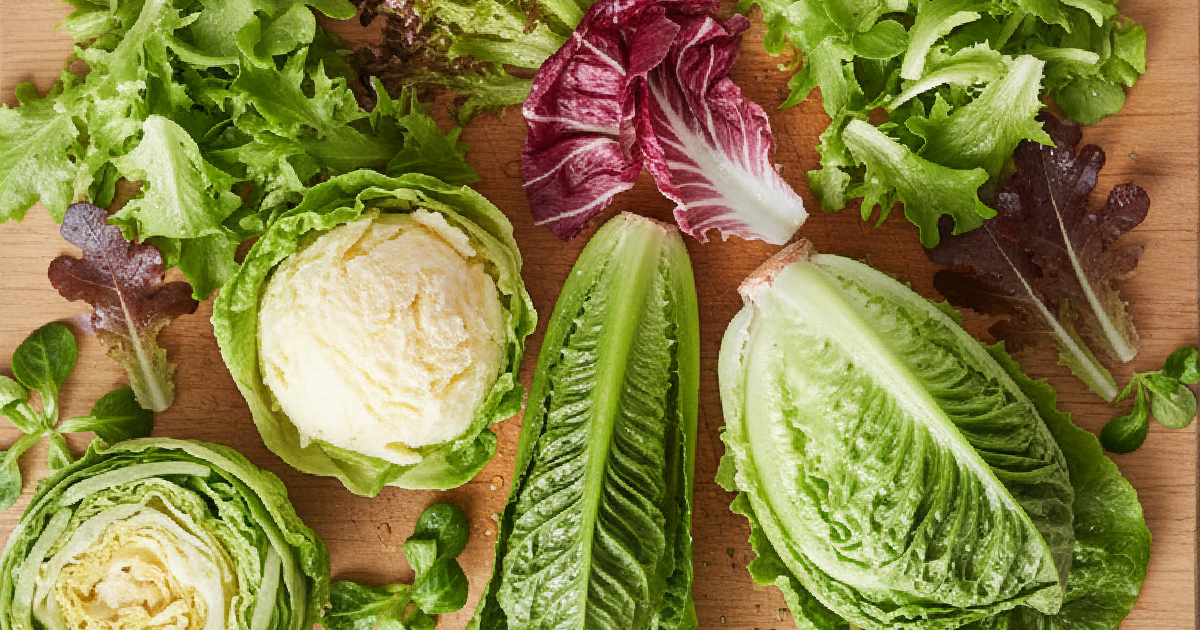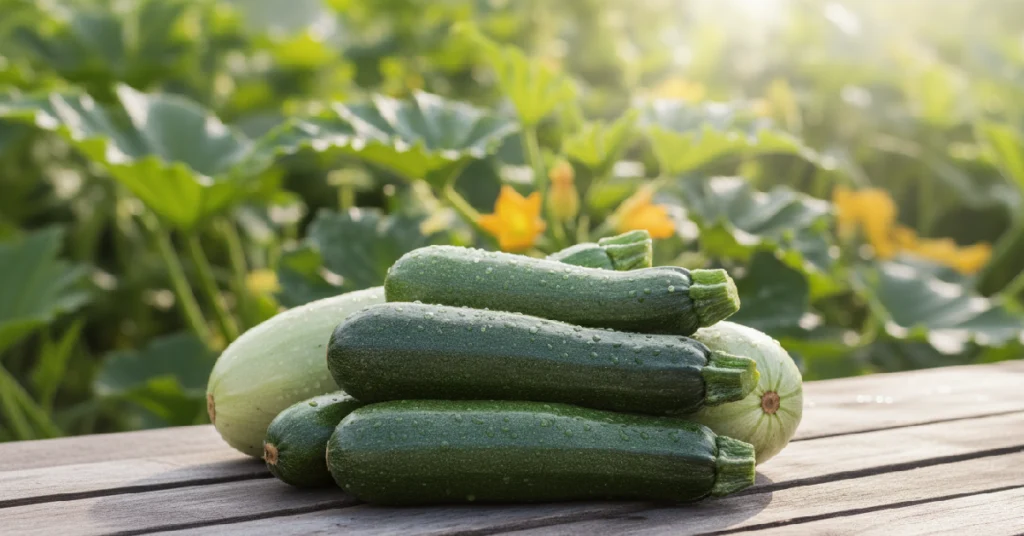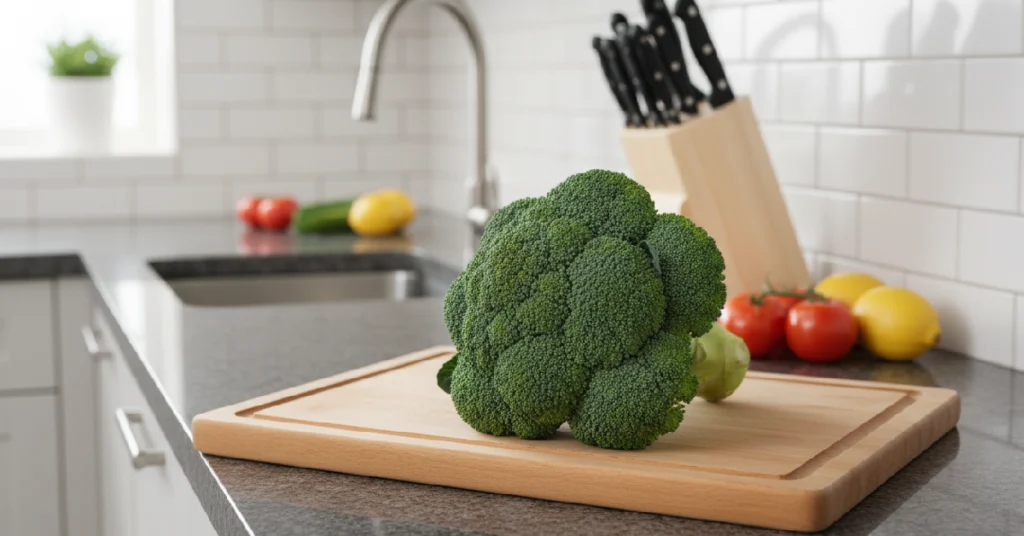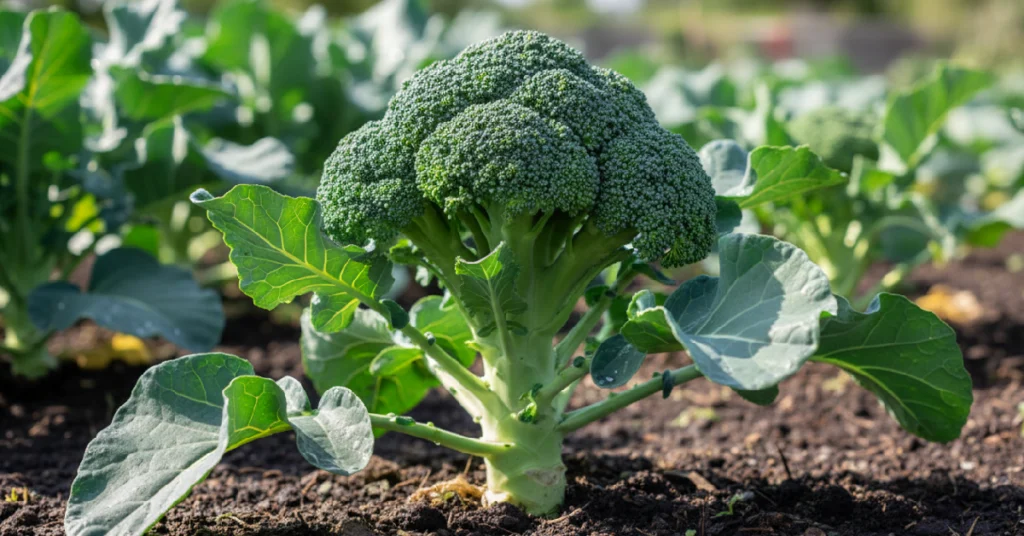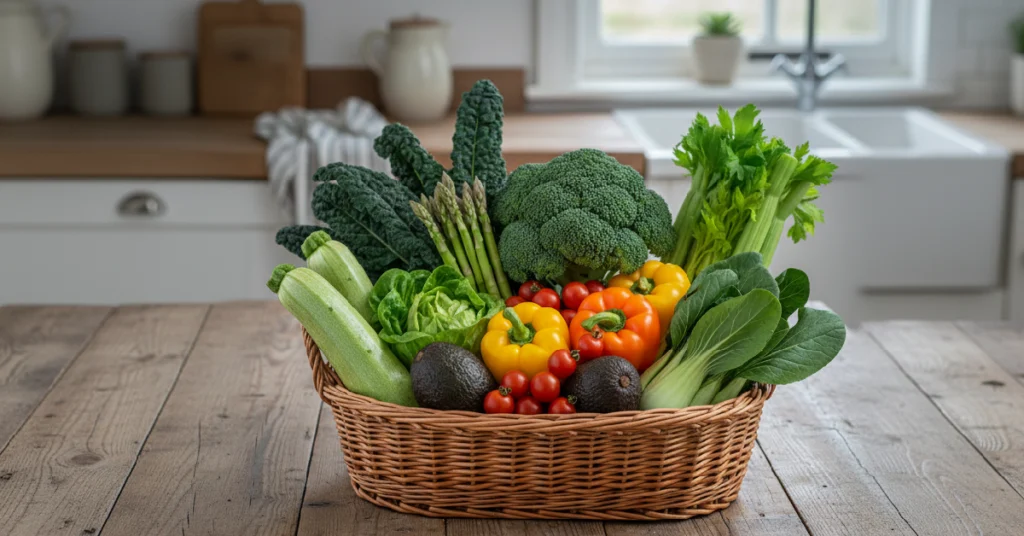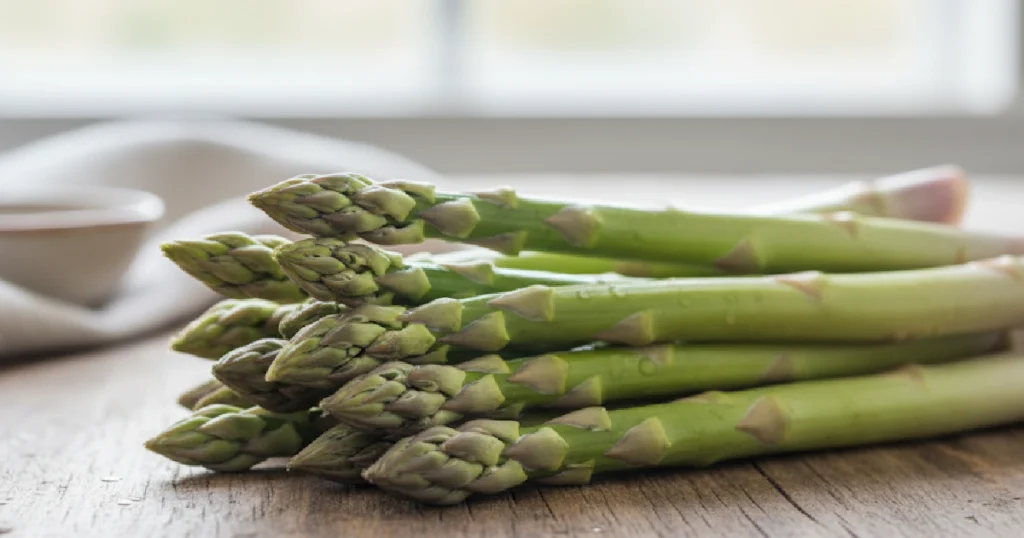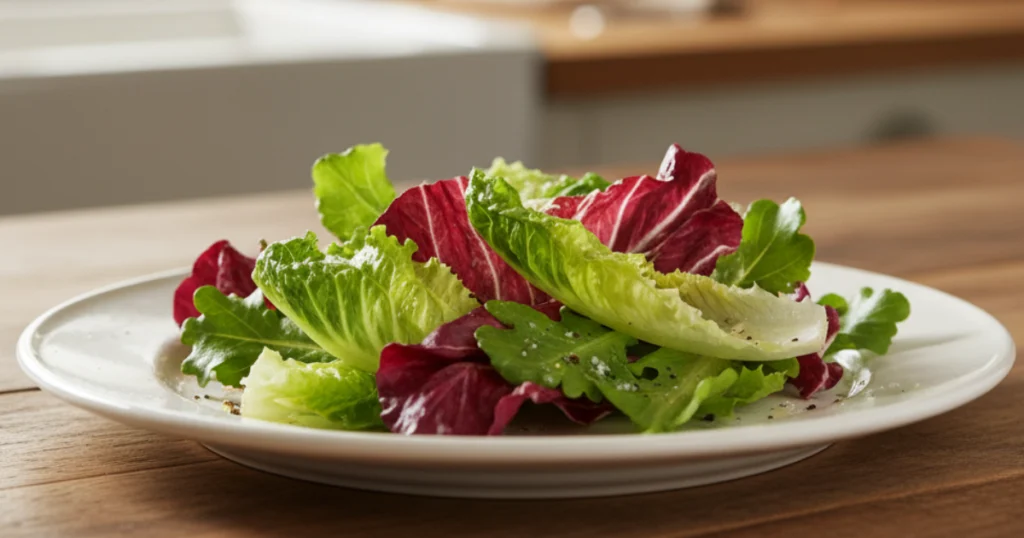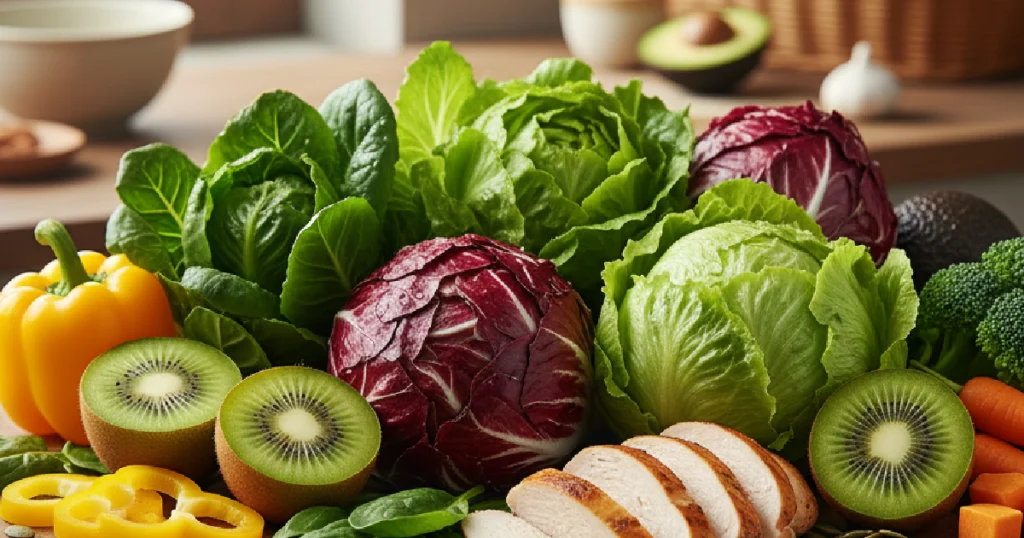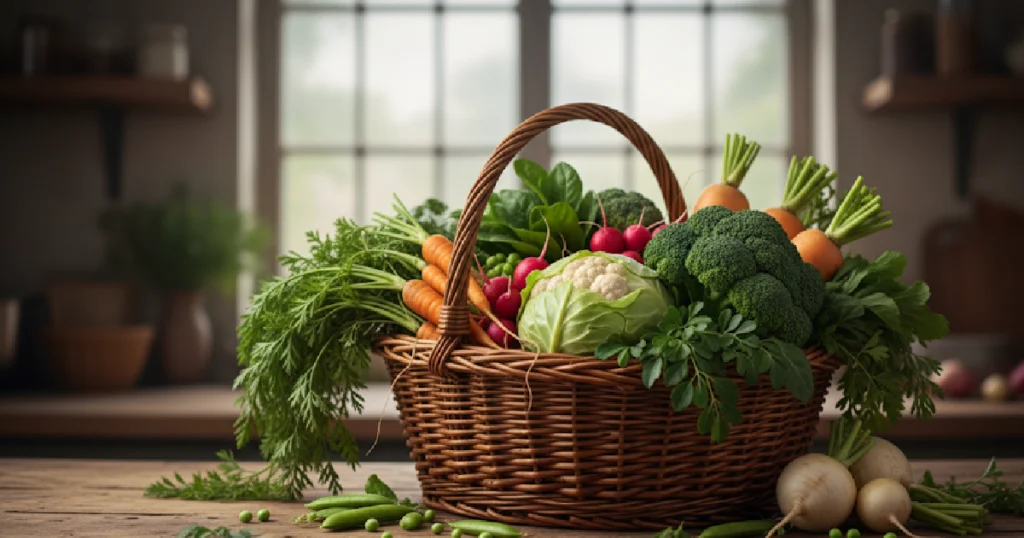Walk into a grocery store or wander through a farmer’s market, and you’ll see lettuce in more shapes, colors, and textures than you might expect. From the crunch of iceberg to the soft folds of butter lettuce, this leafy green isn’t one-size-fits-all. Yet many people grab the same head every week without realizing how many delicious options they’re missing. Exploring the different types of lettuce isn’t just about taste. Each variety has its own personality; some hold up in hearty salads, others shine in wraps, and a few bring a pop of color that makes dishes look beautiful. In this guide, we’ll break down the most popular types of lettuce leaves, their unique traits, and how to make the most of them in your kitchen.
The Main Types of Lettuce Leaves
Lettuce is generally grouped into four main categories:
- Crisphead Lettuce: Dense, crunchy heads like iceberg.
- Romaine or Cos Lettuce: Long, upright leaves with firm ribs.
- Butterhead Lettuce: Tender, soft leaves with a mild, buttery flavor.
- Loose-Leaf Lettuce: Loosely arranged leaves in a range of colors.
Knowing these categories makes it easier to identify the different types of lettuce at the market and choose the best one for your recipe. If you’re curious about what nutrients each type brings to the table, looking into Lettuce Nutrition is a great starting point.
Iceberg Lettuce: Crisp and Refreshing
When people think lettuce, iceberg is often the first that comes to mind. It forms a compact, ball-shaped head with pale green leaves that deliver a satisfying crunch. Its mild flavor makes it an easy addition to salads, burgers, and sandwiches.
While it doesn’t have as many vitamins as darker varieties, iceberg still provides hydration and a fresh texture. It’s also one of the longest-lasting types in the fridge, making it a practical choice for busy households.
Romaine Lettuce: The Caesar Salad Classic
Romaine lettuce, also known as cos lettuce, has long, sturdy leaves with crunchy ribs. It offers a slightly bitter taste that balances beautifully in Caesar salads, which is why it’s the traditional choice for that dish.
Unlike iceberg, romaine is packed with nutrients, including vitamin A, vitamin K, and folate. Its leaves are strong enough to be grilled, making romaine a versatile option for both raw and cooked recipes.
Butter Lettuce: Soft and Mild
Butter lettuce, sometimes called Bibb or Boston lettuce, has round, loose heads with silky, cup-shaped leaves. As the name suggests, it has a smooth, buttery texture and a subtle sweetness.
Because of its shape, butter lettuce leaves are often used as a low-carb substitute for wraps and tacos. Their tender bite also makes them perfect for light salads.
Leaf Lettuce: Endless Variety
Leaf lettuce doesn’t form heads like iceberg or butter lettuce. Instead, its leaves grow loosely on the stem, which makes it one of the easiest types to harvest.
Some popular varieties include:
- Green Lettuce: Mild and versatile, with a soft texture.
- Red Lettuce: Similar to green, but with a beautiful reddish tint.
- Red Leaf Lettuce: Tender leaves with vibrant red edges.
- Purple Lettuce: Known for its striking color and slightly stronger flavor.
These types of lettuce leaves are fast-growing and easy to care for, making them popular among home gardeners. If you’re considering adding them to your backyard, learning more about the Lettuce Plant will help you get started.
Special Types of Lettuce Varieties
Beyond the common options, there are several specialty types of lettuce worth exploring if you want to expand your palate.
- Lollo Rosso Lettuce: An Italian variety with frilly, red-tipped leaves and a slightly bitter flavor. It adds color and texture to any salad.
- Batavia Lettuce: Somewhere between a crisphead and leaf lettuce, with crinkled leaves and a juicy crunch.
- Oak Leaf Lettuce: Named for its oak-like shape, available in green and red, with a mild, nutty taste.
- Lamb’s Lettuce: Also called mâche or corn salad, this variety has small, spoon-shaped leaves and a nutty, earthy flavor.
These lettuces not only bring diversity to your meals but also make your garden look stunning. If you love plants that combine beauty and usefulness, you might also enjoy learning about the Buraansh Flower, prized both for its appearance and traditional uses.
Choosing the Right Types Of Lettuce for Your Garden
If you’re thinking about growing lettuce, the variety you choose can make a big difference. Loose-leaf types are great for beginners since they grow quickly and can be harvested multiple times. Crisphead types like iceberg need more patience and space but reward you with dense, crunchy heads.
Because lettuce doesn’t require much effort, it’s a great crop for small gardens or balcony pots. To make things easier, be sure you have the basics; gloves, soil enhancers, and watering cans are just some of the essentials on the list if you’re ever curious to Name things that gardeners need.
And if you’re eager to grow more than just greens, looking into the Best Fruit Plants for Home Garden in India can add sweetness alongside your leafy harvest.
Appreciating Plants Beyond Lettuce
Lettuce offers incredible variety, but it’s only one piece of the gardening puzzle. Watching how plants grow and behave adds to the joy. Some, like lettuce, thrive in cool weather, while others follow fascinating daily rhythms. For example, if you’ve ever wondered Which Flower Bloom in the Day and Close at Night, you’ll discover nature’s own version of timekeeping.
Observing these patterns makes gardening more rewarding and helps you connect more deeply with the living things you nurture.
Conclusion
From crisp iceberg to delicate butter lettuce, from vibrant red leaf to gourmet varieties like lamb’s lettuce, the world of lettuce is much richer than it first appears. Each type has its own flavor, texture, and best use, giving you endless ways to enjoy salads, wraps, or even grilled dishes. Learning the name types of lettuce not only makes you a smarter shopper but also opens the door to experimenting in your kitchen. And if you’re a gardener, trying out different varieties can turn your backyard into a fresh, colorful salad bowl.

